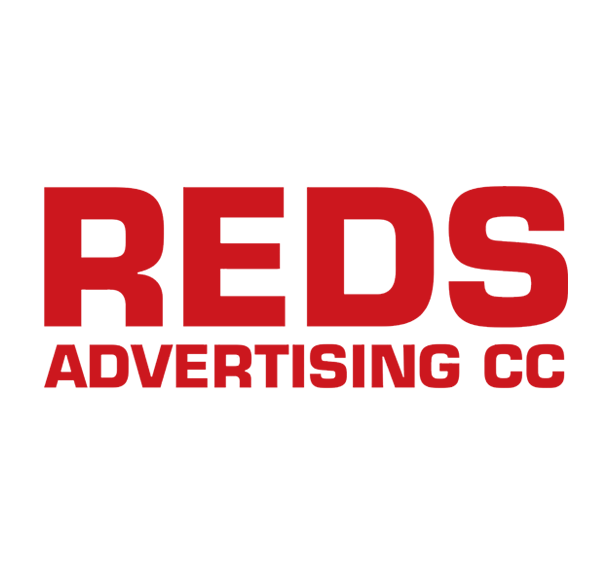Creativity plays a crucial role in the success of advertising, especially for graphic design companies. We delve into the significance of creativity in advertising and print media, with a focus on attracting the target audience and driving action to purchase. Why is Creativity Important? Building the Marketing Mix: Creativity acts as a pillar in constructing the marketing mix, influencing personal selling, sales promotion, direct marketing, public relations, and sponsorship. Brand Differentiation: It sets apart products from competitors, steering away from the “me too” mindset by shaping attitudes and feelings to position the brand as the preferred choice. Knowledge and Stimulation: Creativity provides knowledge, stimulating thought processes and encouraging thinking. Persuasion and Relevance: It persuades effectively, ensuring relevance and meaning in the eyes of the audience. Facilitating Purchase and Trial: Creative advertising facilitates the purchase decision and encourages trial usage. Building Loyalty: It contributes to creating loyal customers who connect with the brand on a deeper level. Transforming Ads: Creative advertisements have the power to transform mundane ads into engaging and interesting content. Objective Achievement: Ultimately, creative ads are more likely to achieve their objectives and drive desired actions. Use of Colour in Advertising The incorporation of colour in advertisements, despite contributing to production and placement costs, has proven to be worthwhile. Here’s why: Attention-Grabbing: Colour enhances the holding power of ads, capturing attention more effectively. Psychological Impact: People are conditioned to respond to colour stimuli, making it a powerful tool in conveying messages. Enhancing Product Appearance: Products, especially food items, look...
Main Menu
Latest Posts from our Blog...
Latest Posts from our Blog...
Reds Advertising
8 Drakens Avenue,
Quellerina,
Florida,
Gauteng,
1709
+27839695976
gavin@redsadvertising.co.za





